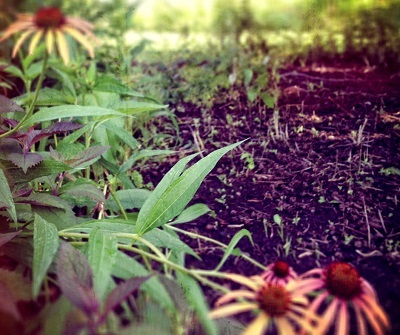Efficient use of water is good for everybody. Responsible water use is fundamental to cost effective preservation of this finite resource.
Gardening in Colorado offers unique challenges due to the state’s semi-arid climate and frequent drought conditions. However, with the right strategies, you can cultivate a lush, beautiful garden while conserving water. This guide will walk you through practical tips and techniques to create a water-efficient garden in Colorado, ensuring both environmental sustainability and vibrant our plant growth.
Understanding Colorado’s Climate
Colorado’s climate is characterized by low humidity, high altitude, and variable precipitation. These factors necessitate a mindful approach to gardening, emphasizing water conservation and the selection of drought-tolerant plants. The key to successful gardening in this environment is understanding the local climate and adapting your gardening practices accordingly.
Choosing Drought-Tolerant Plants
One of the most effective ways to conserve water in your garden is by selecting plants that are naturally adapted to dry conditions. Some excellent drought-tolerant plants for Colorado gardens include:
- Purple Coneflower (Echinacea purpurea): A hardy perennial that thrives in dry conditions and adds vibrant color to your garden.
- Russian Sage (Perovskia atriplicifolia): Known for its silver-gray foliage and lavender-blue flowers, it requires minimal water once established.
- Yarrow (Achillea millefolium): This resilient plant is perfect for low-water landscapes, offering clusters of tiny flowers in various colors.
Efficient Irrigation Systems
Implementing an efficient irrigation system is crucial for water conservation. Drip irrigation and soaker hoses are excellent choices, as they deliver water directly to the plant roots, minimizing evaporation and runoff. Additionally, consider installing a rain sensor or smart irrigation controller to adjust watering schedules based on weather conditions, ensuring your garden receives the optimal amount of water.
Mulching for Moisture Retention
Mulching is a simple yet effective way to retain soil moisture, reduce evaporation, and suppress weeds. Organic mulches, such as wood chips, straw, or compost, not only conserve water but also improve soil health as they decompose. Apply a layer of mulch around your plants to keep the soil cool and moist, reducing the need for frequent watering.
Soil Improvement Techniques
Healthy soil is the foundation of a water-efficient garden. Incorporate organic matter, such as compost or well-rotted manure, into your soil to improve its structure, water-holding capacity, and nutrient content. Well-amended soil promotes deep root growth, allowing plants to access moisture from deeper layers and reducing their dependence on surface watering.
Rainwater Harvesting
Rainwater harvesting is an excellent way to supplement your garden’s water supply while reducing reliance on municipal water. Install rain barrels or larger cisterns to collect and store rainwater from your roof. Use this water for irrigating your garden during dry periods, ensuring a sustainable and eco-friendly water source.
Smart Landscaping Design
Designing your garden with water efficiency in mind can significantly reduce water usage. Group plants with similar water needs together, creating hydrozones that allow for targeted watering. Incorporate native plants, which are well-adapted to local conditions and require less water. Additionally, consider xeriscaping, a landscaping approach that emphasizes water conservation through the use of drought-tolerant plants and efficient irrigation techniques.
Regular Maintenance
Maintaining your garden properly ensures that water conservation efforts are effective. Regularly check for leaks in your irrigation system, prune plants to reduce water demand, and remove weeds that compete for moisture. Proper maintenance not only conserves water but also promotes healthy plant growth and a more resilient garden.
Creating a beautiful, water-efficient garden in Colorado is both achievable and rewarding. By understanding the local climate, choosing drought-tolerant plants, implementing efficient irrigation systems, and employing smart landscaping techniques, you can enjoy a thriving garden while conserving water. Embrace these practices to contribute to environmental sustainability and enhance the beauty of your outdoor space.


